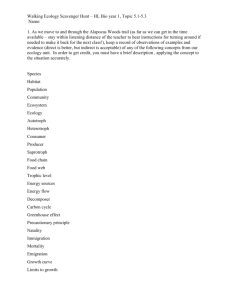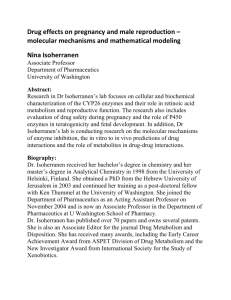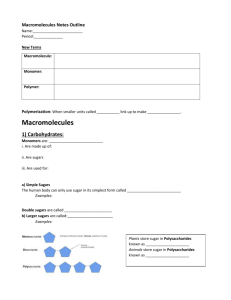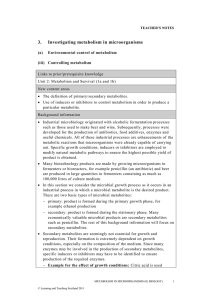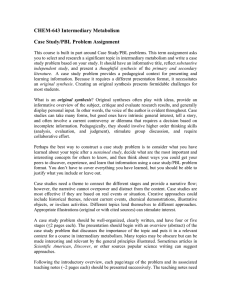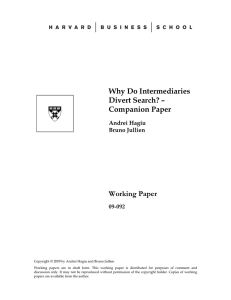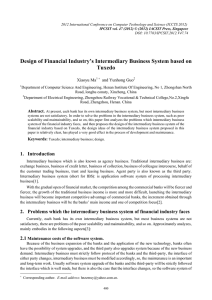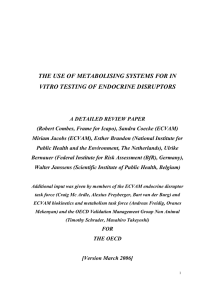Life without Oxygen CHEM-643 Intermediary Metabolism Case Study 2 Comments
advertisement
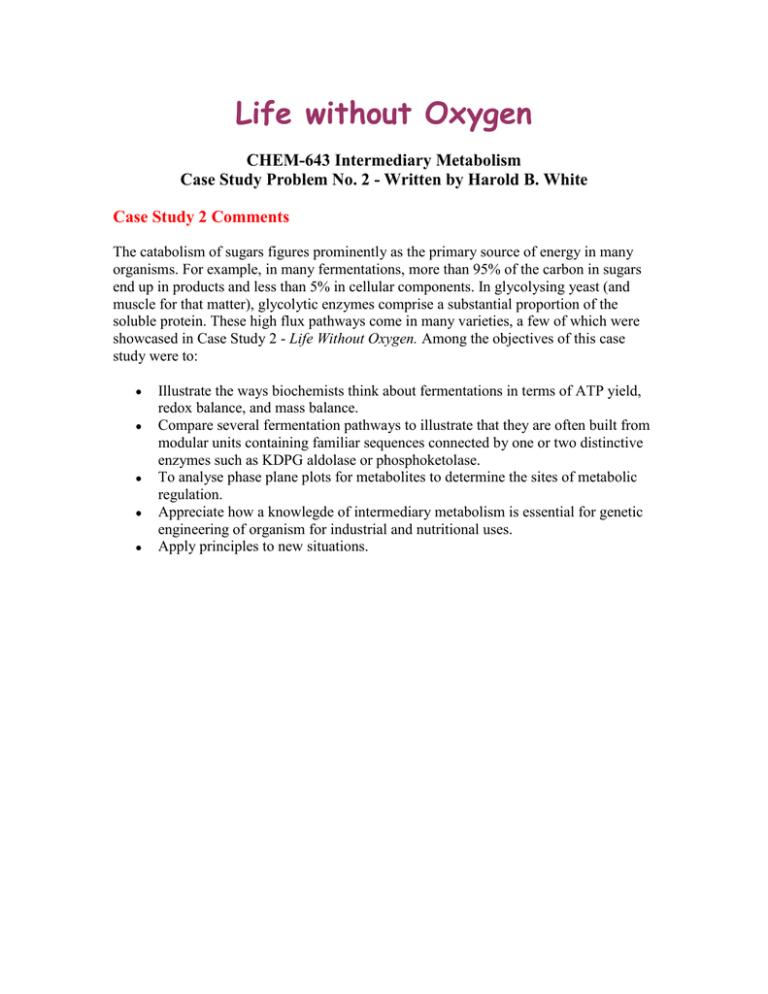
Life without Oxygen CHEM-643 Intermediary Metabolism Case Study Problem No. 2 - Written by Harold B. White Case Study 2 Comments The catabolism of sugars figures prominently as the primary source of energy in many organisms. For example, in many fermentations, more than 95% of the carbon in sugars end up in products and less than 5% in cellular components. In glycolysing yeast (and muscle for that matter), glycolytic enzymes comprise a substantial proportion of the soluble protein. These high flux pathways come in many varieties, a few of which were showcased in Case Study 2 - Life Without Oxygen. Among the objectives of this case study were to: Illustrate the ways biochemists think about fermentations in terms of ATP yield, redox balance, and mass balance. Compare several fermentation pathways to illustrate that they are often built from modular units containing familiar sequences connected by one or two distinctive enzymes such as KDPG aldolase or phosphoketolase. To analyse phase plane plots for metabolites to determine the sites of metabolic regulation. Appreciate how a knowlegde of intermediary metabolism is essential for genetic engineering of organism for industrial and nutritional uses. Apply principles to new situations.
